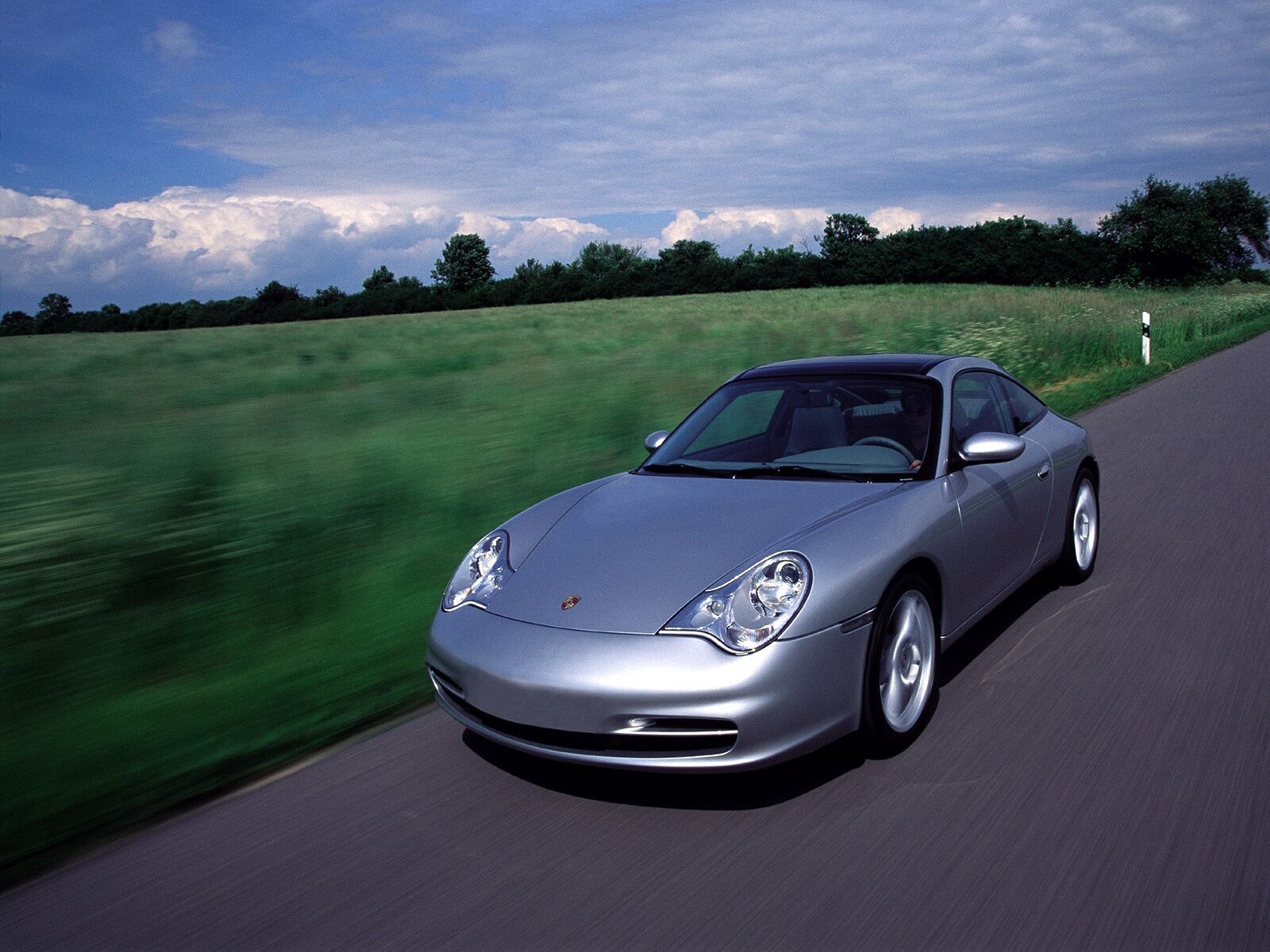
Explained: The Differences Between The First And Second Generation Porsche 996
Brief History
The 996 was the first 911 variant since the Porsche flagship range took hold over the Porsche 356 to make any particularly major design changes to the original blueprint.
The plan for the 996 had begun to be plotted by Pinky Lai in 1992 to take the Porsche 911 range comfortably into the next Millennium. Stunting an adjusted body, new interior and a never seen before water-cooled engine, you’d be forgiven for thinking the 996 had all the elements to nib the approval of the early noughties.
The production of the 996 was also provoked by how the 1990s and early 2000s had plagued Porsche with financial struggles; signature features of the previous 911 models were closing in on their potential and previously novel Porsche parts were now impacted by new vehicular emission regulations and a lack of available funding. You can read more about the history of the Porsche 996, here.
Aesthetical differences
The Porsche 996 is also a model that experienced some of the most extensive revampings between generations in comparison to its other 911 counterparts.
Having initially received a disgruntled reception to its aesthetic due to it being almost identical to the Boxster, Porsche engineers decided a full-spread makeover was overdue for its second iteration.
This came in the form of taking many aspects from the better received Porsche 996 Turbo which was then transferred across to the standard Carrera models.
An interesting change between the generations that you might not have noticed, is that the first 996 and the second 996 Carrera had differing headlights.
The change saw the removal of the amber section of the light that was present in the first generation, leaving the second generation to rock completely clear headlights.
This is an important first feature to highlight, as it marked the move away from a shared Boxster aesthetic to one that was more individual.
The front and rear bumper were also completely changed and re-designed – gone were the smoother edges and thinner shapes, these were replaced to deliver a more aggressive and sharper look.
Another aesthetical aspect to get a bump up was the interior. Features to be added to this department were things such as a cup holder (which the previous generation lacked) as well as a replaced 6-speed gearbox, which had an extra bearing added to the input shaft.
The look and feel of the inside were also modified. A move away from the shiny, plastic look saw the introduction of mattified segments of the interior.
Technical differences
There were also changes on the technical and spec side.
The exhaust was enhanced which provided a louder, more raw sound, similar to what you would expect on a model like the Porsche 993.
Another one of the more substantial technical differences between the two generations is the change to the M96/03 engine in the second variant.
This saw a change in the inner workings which resulted in an increase of 20 Horsepower and 20NM of Torque.
Final Thoughts
Despite the differences between the two being relatively minor on paper, a big contrast of the two is the price on the market.
While both are rising in price, the second generation Porsche 996 is considerably more expensive than its counterpart – this will have a big impact on people’s final decisions.
The final line is that both are fantastic cars that deliver a great feeling of drive and aesthetic, however, due to the extensive refinement – mainly in terms of its looks, but also specs and feel – the second generation of the Porsche 996 Carreras is likely to be favoured by most.